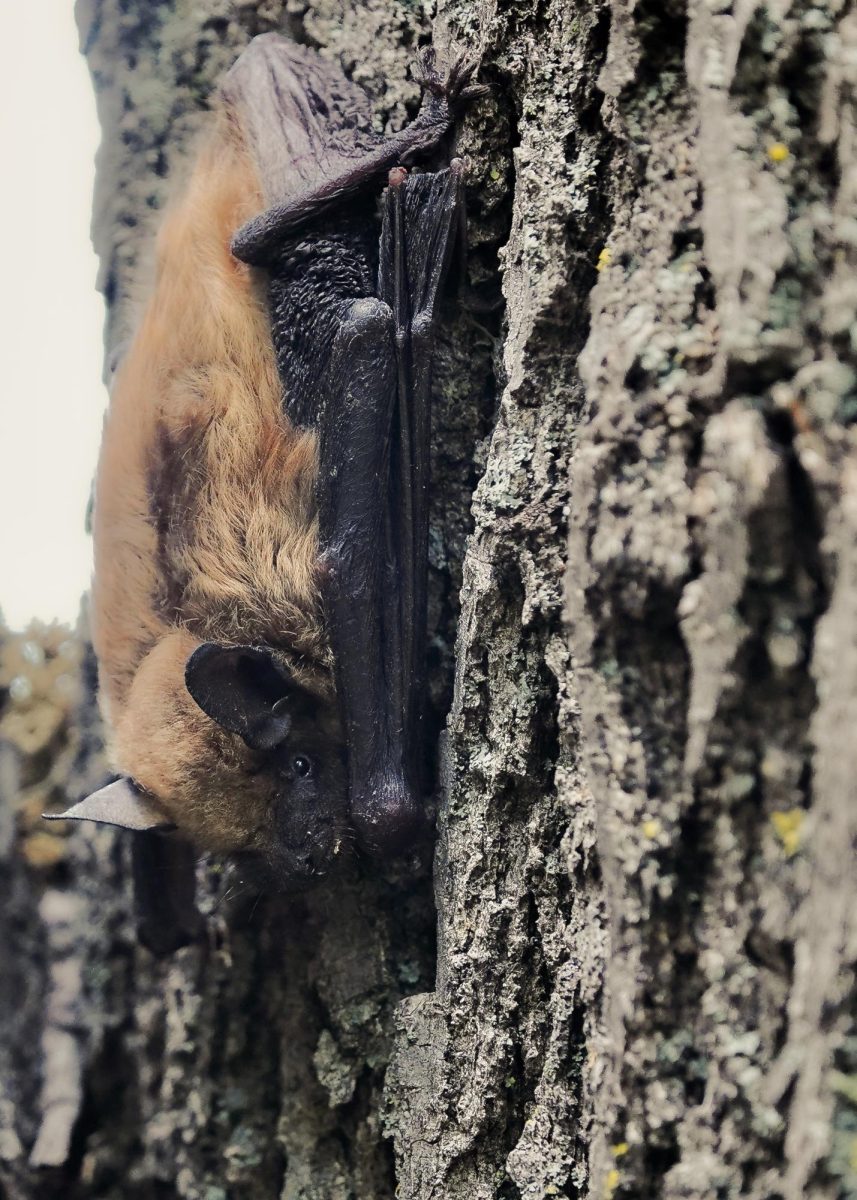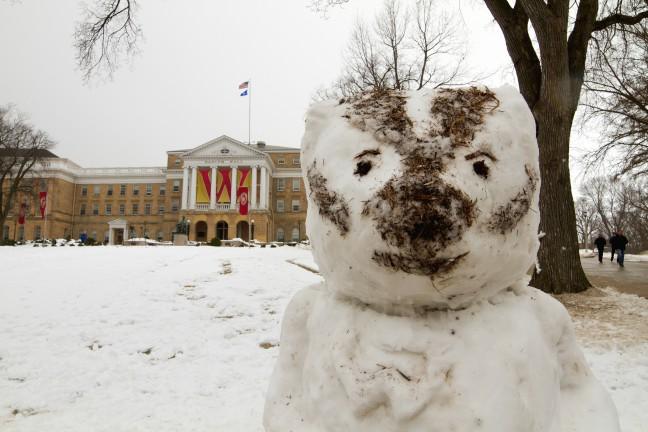Science Moms is a nonpartisan informational campaign offering accessible education and resources on climate change to mothers worldwide. The campaign began in 2021 with a group of scientists — who are also mothers — interested in enhancing their climate change advocacy efforts.
Professor at the University of Wisconsin and original member of Science Moms Tracey Holloway said the organization connects with her personal interests as a scientist and mother. It has helped her merge being a scientist and a mother, rather than keeping the two identities separate.
“It took a little bit of adjusting for me to connect those two hats,” Holloway said. “But I think that both of them have to deal with thinking about ‘why do we care about climate as an issue? Why do we care about clean air and how are the decisions we’re making today impacting the world decades from now?’”
Holloway said throughout her education and career in atmospheric sciences, she has been the female minority — which makes her role in Science Moms, a connector between science and women, more impactful. Science Moms displays its resources in pink and purple colors and rhetoric to match, making a special space for mothers interested in these topics, Holloway said.
New kidney transplant technique uses immune system to enhance recovery
Holloway said Science Moms’ outreach happens largely online, with a robust website with resources for reading, fact-checking climate myths and viewing content from some of the group’s leading members. Holloway also gives public presentations and speaks with different media groups to increase awareness of Science Moms and spread its message for climate education and advocacy.
Assistant professor at the University of Michigan and member of Science Moms Sierra Peterson said climate communication often happens in an echo chamber and doesn’t necessarily reach audiences who haven’t yet heard that message, which is why Peterson has historically abstained from these efforts.
But Science Moms, Peterson said, gives her a voice on an experience she can speak to — being a mom in the time of climate change.
There are many approaches to climate education — Science Moms is one way to approach this topic in a way that resonates with a new audience and makes climate information more understandable, Holloway said.
“When I can talk about my two kids or issues that I’m dealing with as a parent or the way that I talk to my kids about climate, I think that can be a more interesting and relevant narrative than me just talking about radiation in the atmosphere,” Holloway said.
Thermal modeling allows researchers to study physiology of Triassic period animals
Peterson studies the chemistry of fossils to reconstruct the climate of oceans from millions of years ago and understand the effect of future warming events on Earth’s climate. Peterson said having children, much like her research, has made her think on more than just one generational timescale.
Often, people say becoming a mom is life-changing, Peterson said, and it also changes the perspective on what is important, including questions about the future of one’s children and their living conditions.
Both Peterson and Holloway said being a scientist and mother has helped them become better communicators on complex topics like climate change.
Peterson said climate change is uniquely challenging because it is an urgent, but seemingly distant crisis, unlike other natural disasters.
“A strength of actual scientists being the communicators is that our foundation is in facts and truth,” Peterson said. “I’m always in my day-to-day life — my work life — focused on accuracy and making sure that any statement that I make or any conclusion that I draw, I have the data to back it up.”
Department of Forest and Wildlife Ecology starts series off strong
Advocating for climate change solutions means highlighting the myriad of benefits that changes on the individual and community levels can have for people, Peterson said. For example, having an electric leaf blower instead of a gas leaf blower is not only good for the environment but also makes less noise and emits less odor.
Peterson said her experience being a mother in the time of climate change also adds to her credibility as a communicator and a member of Science Moms. Being an advocate and an activist on someone else’s behalf is much easier than being one for yourself, Peterson said.
“I don’t think I could have been a good advocate until I became a mom, because it gives me that purpose,” Peterson said.
Both Holloway and Peterson agree the work they are doing now in their respective fields is to benefit their children in the long-term and make their futures better.
Science Moms mobilized Holloway’s roles as a scientist and mother, which helped her reach her goals as an educator of climate science as well, Holloway said.
Institute on Aging presents new findings regarding brain health at annual colloquium
“It [Science Moms] was very much in line, both with my mission as a researcher to raise awareness of environmental issues, but also in line with my role as an educator to [facilitate] thinking about how can we make information that’s out there easy to access and in the format that people want to receive it,” Holloway said.
The community of mothers and scientists has been the most rewarding part of Science Moms, Holloway said. The 14 Science Moms are hoping to meet soon to discuss their outreach and the impact they want to have on the next generation’s future.













